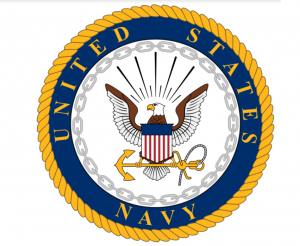
| Damages Estimated – $1 Billion |
The United States Navy began four Enterprise Resource Planning (ERP) test programs based on SAP software in 1998. However, the initiative was abandoned in 2005, costing the Navy $1 billion.
How did this high-profile ERP project derail so severely? More crucially, what lessons can your organization draw from this failure to avoid project setbacks in the future?
Today, we’re delving further into the Navy ERP disaster to see how it may have been averted. Let’s examine!
Learnings from this Government ERP failure!
1 – Choose the Right Systems Integrator
You must have the correct companion from the start of the implementation. That isn’t to argue that ERP success isn’t a team effort. While your systems integrator will provide information and assistance, this will only be useful if they collaborate with an expert project manager – ideally an inside resource from your firm. Nevertheless, employing unsuitable partners can cause even the most seasoned project manager to fail.
2 – Select the Correct Software
For an Enterprise Resource Planning System installation to be successful, the software you choose must correspond with the aims and objectives of your firm. Your project team should discover pain points throughout this phase and plan out your future state. Consider taking the time to identify your business’ needs so that you don’t end up with a solution that is fantastic on paper but ineffective in achieving your business’s goals.
3 – Take Corrective Action When Necessary
Suppose you discover a fault with your ERP Software Setup. In that case, there are always steps you may take to correct the situation. Your company is responsible for recognizing and minimizing project risks as soon as they arise. If you rely on your systems integrators to manage risks, key concerns may go undiscovered until too late. For example, suppose you see that your systems integrator is not adhering to your project plan. In that case, you may get them back on track by ensuring that they understand precisely what you need from them. If they are still unable to coordinate their work, it may be time to remove them from the project.
4 – Prioritize Organizational Change Management
ERP Implementation Services frequently fail because the “people” aspect of the transition was not adequately supported. We propose investing in organizational change management (OCM) to guarantee that your staff feels supported throughout the project. Setting a timeframe and budget that allows you to invest in the communications, training, and assessment methods needed to prepare your employees for the change is essential. You may believe that cutting back on OCM will save you money and resources. However, firms frequently discover that it costs far more to fix interruptions after the system is in place.
Here’s how to avoid ERP failures and achieve ERP success!
ERP Software may help you uncover new efficiencies and increase data insights with the correct deployment strategy. However, as demonstrated by the Navy ERP disaster, the reverse can be true.
While the success of your project is in your control, having the appropriate partners can help you get there. Hiring ERP development experts is the most effective approach to guaranteeing your team is on the right track.
To speak with one of our ERP specialists, please connect with us straight away.
Related Links
Business Process mapping
Small Business ERP
ERP Consulting



